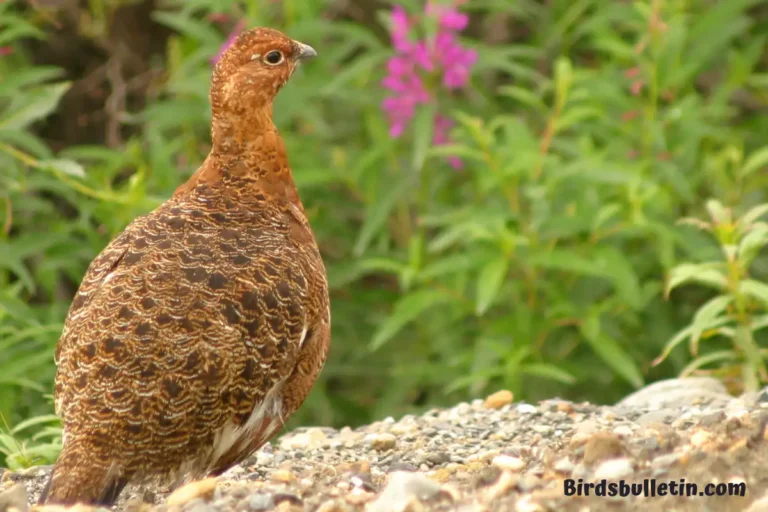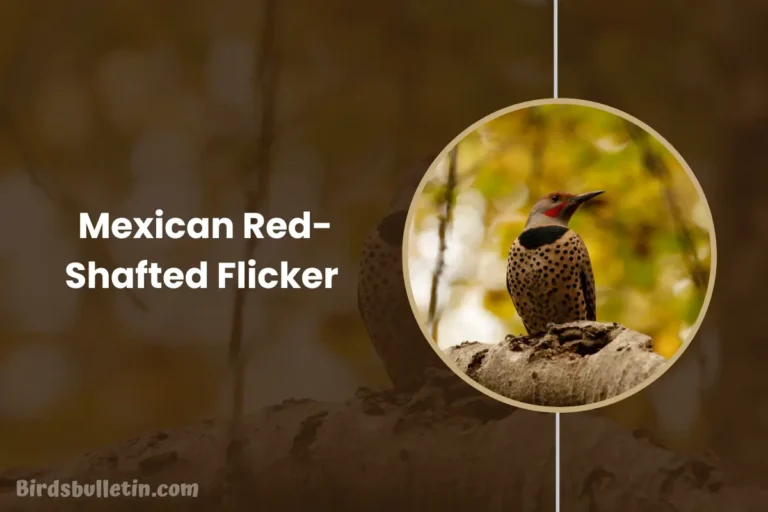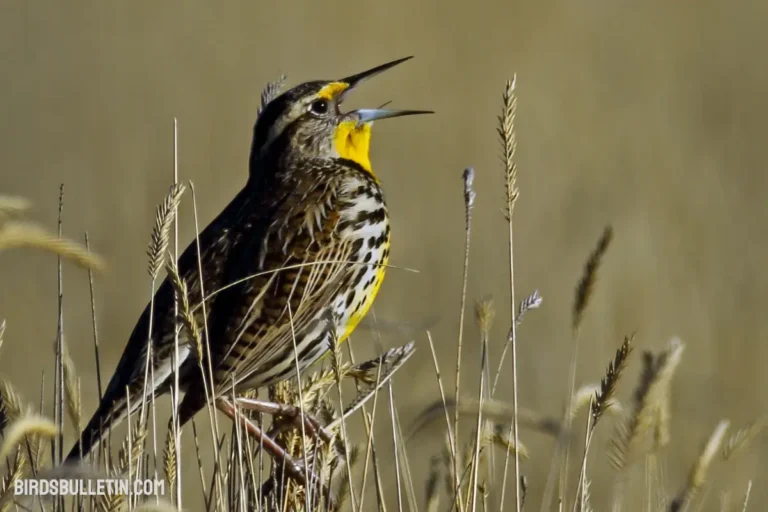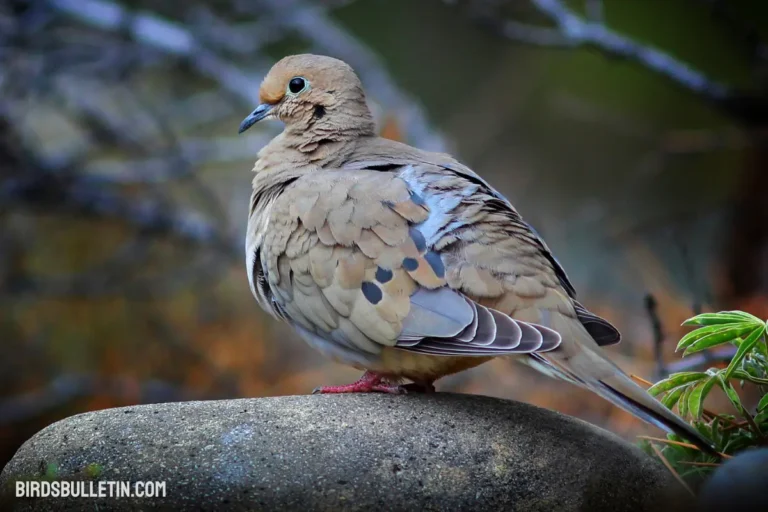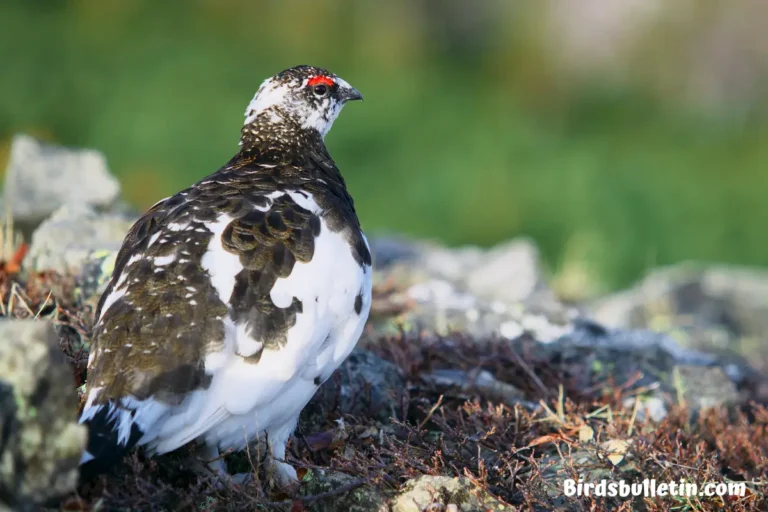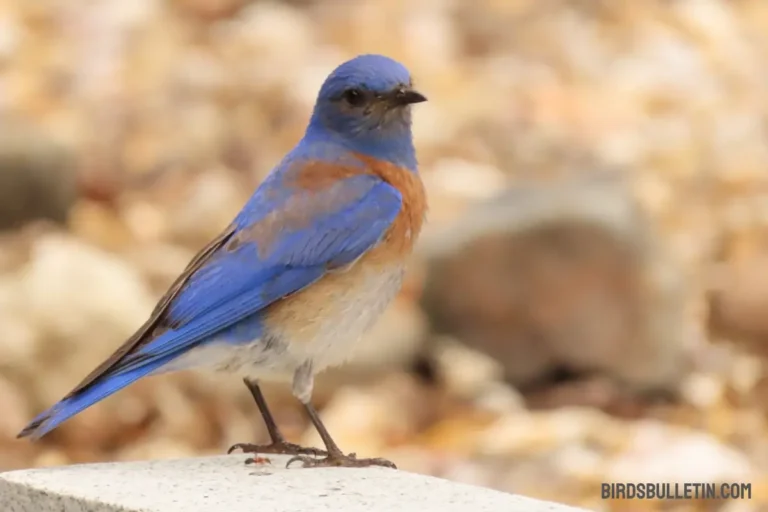The Cuban Yellow-Shafted Flicker Overview
The scientific name of the Cuban yellow-shafted flicker is Colaptes fernandinae. The genus name Colaptes is from the Greek for “chisel wing”, referring to the bird’s chisel-like bill and wings.
The species name Fernandinae honors the 19th-century Cuban naturalist Juan Gundlach, who used the professional name “Fernández”.
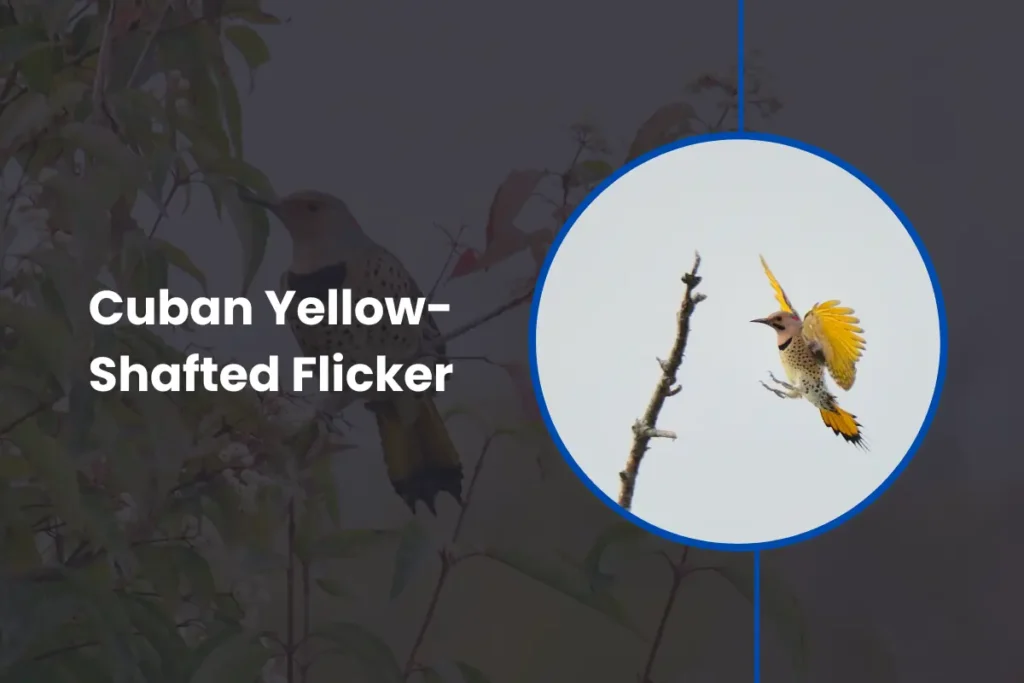
Want to learn more about bird Subspecies:
Identification
The Cuban flicker is a medium-sized woodpecker measuring 11-12 inches long with an 18-inch wingspan. It has the classic woodpecker body shape – slim with short legs, a long tail, and a slightly curved bill. The plumage is mostly brownish-gray on the upperparts with black barring.
The underparts are light beige with black spotting. The male has a distinctive red mustache stripe versus the black mustache of the similar Northern flicker. The brilliant golden-yellow underwings and yellow central tail feathers are the most distinctive markings.
Location
As its name denotes, the Cuban yellow-shafted flicker is endemic to the island of Cuba in the Caribbean Sea. It inhabits wooded areas across the island, including pine and rainforests, mangroves, and rural and urban woodlands. Its range covers most of the island except the far western tip. This species does not migrate.
Unique Traits
The Cuban flicker has some unique traits and behaviors. It feeds on ants and termites from the ground and extracts insects from trees using its long-barbed tongue. Unlike most woodpeckers, it also eats fruit and seeds. While it excavates nest cavities in trees, it may also nest in earthen banks and natural holes.
This flicker is more vocal than the Northern flicker, using a range of calls including a rolling trill in courtship. Its slow, undulating flight flashes brilliant yellow underwings. The red mustache and smaller size distinguish it from the Northern flicker.
FAQs
01. What is unique about the Cuban flicker’s habitat?
The Cuban flicker is endemic to the island of Cuba and found only there. It inhabits a wide range of wooded habitats across the island nation.
02. What does the Cuban flicker eat?
Unlike most woodpeckers, the Cuban flicker has a varied diet including ants, termites, fruit, and seeds. Its long-barbed tongue helps it feed on ants from the ground as well as extract insects from trees.
03. How can the Cuban flicker be identified?
Identification clues include its medium size; brownish-gray and black barred plumage; brilliant golden yellow underwings; yellow tail feathers; red mustache on the male; and smaller size compared to the similar Northern flicker.


